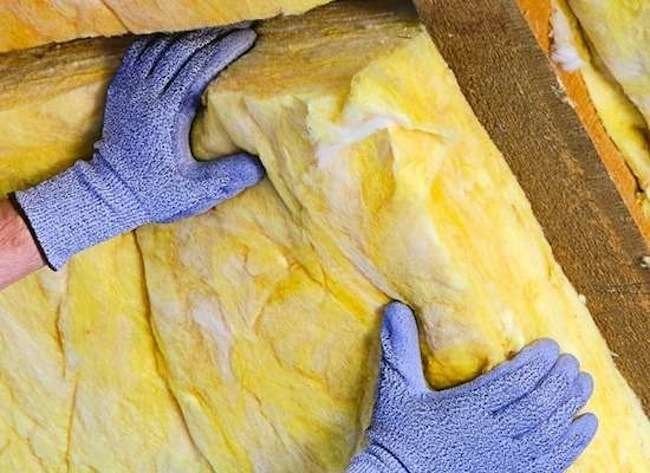We may earn revenue from the products available on this page and participate in affiliate programs. Learn More ›
Fiberglass
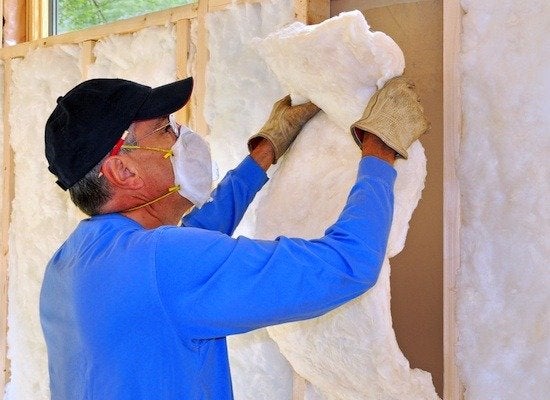
By far the most common insulation, fiberglass batts and blankets usually come in rolls pre-sized to fit between standard joists and studs. Being both readily available and relatively affordable, fiberglass products have been the go-to choice for new construction and gut-renovation projects, for both professionals and DIY homeowners, for decades.
Mineral Wool
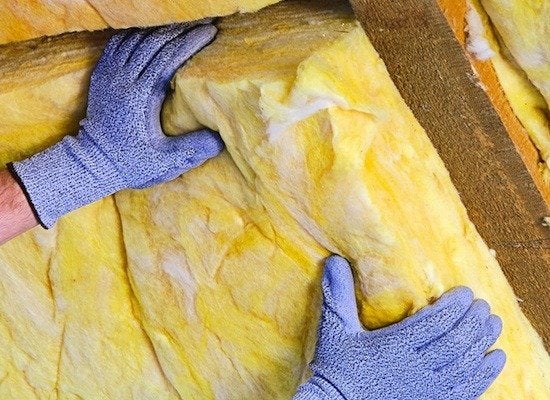
Rock wool insulation (also known as slag wool) also lends itself to DIY installation, in part because these types of batts tend to hold their shape well. Another point of appeal: Besides having fire-retardant properties, rock wool batts are commonly—and sometimes primarily—composed of recycled material.
Loose Fill
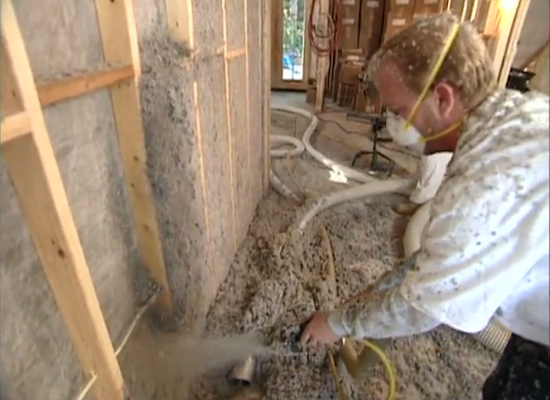
If your attic has a lot of nooks and crannies, your best bet may be to use loose-fill insulation made of fiberglass or cellulose. Blown in place using a special machine, the material does a great job of filling gaps, although there are some reports that it can compress over time, losing effectiveness. Also bear in mind that for some attics or roof structures, cellulose may be too heavy.
Spray Foam
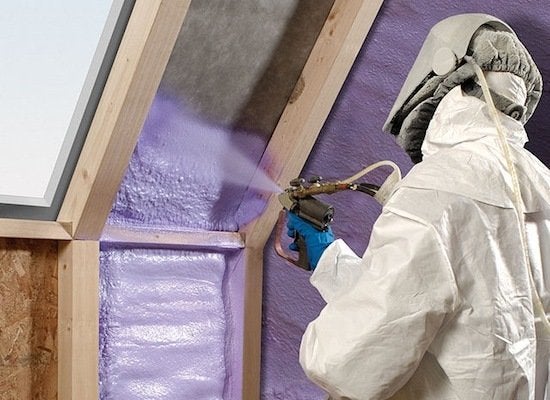
Wikimedia Commons
Liquid sprayed-in foam offers a high R-value and can fit in supertight spaces when it dries hard, providing a perfect air barrier to keep your home cozy. This option can be more expensive than other insulation types and requires the help of a pro, but it can also cut down on other home weatherizing tasks, such as caulking.
Rigid Foam
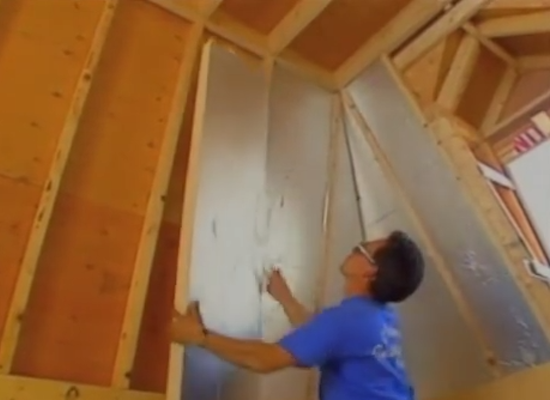
Rigid foam panels help to slow heat transfer through structural elements like studs. Commonly made of polystyrene, polyisocyanurate, or polyurethane, these panels can be easily cut to size and either wedged between beams or glued into place. It’s more expensive than batt and blanket insulation, though, and more difficult to fit around obstacles or awkward corners.
Structural Insulated Panels (SIPs)
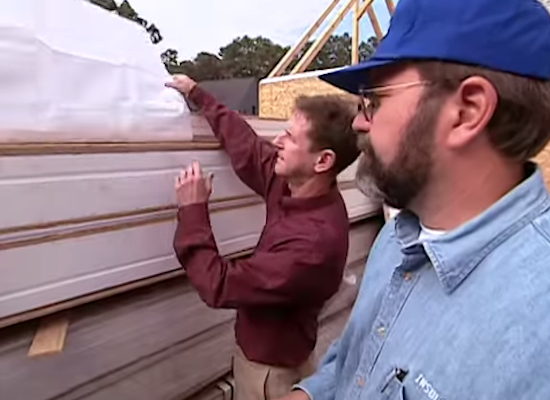
These prefab panels can be installed in walls, ceilings, and floors. They’re airtight structural elements, so they also help with noise reduction and can provide energy savings up to 14 percent. But they are also pretty pricey and are used mostly for new construction, with limited options for existing homeowners.
Radiant Barriers and Reflective Systems
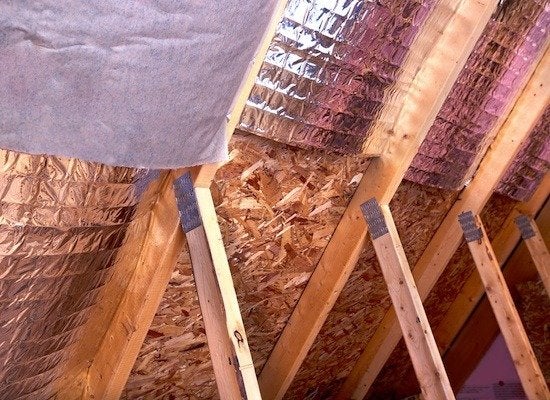
While most insulation systems work by reducing heat conductivity, radiant barrier insulation systems reflect heat away from the house. Traditionally used in warm climates, these highly reflective materials, such as aluminum foil, are installed on the underside of a roof and reduce radiant heat transfer from the sun, thus reducing cooling costs.

Everything You Need for a Lush and Healthy Lawn
Keeping your grass green and your plants thriving doesn’t just take a green thumb—it starts with the right tools and supplies.
